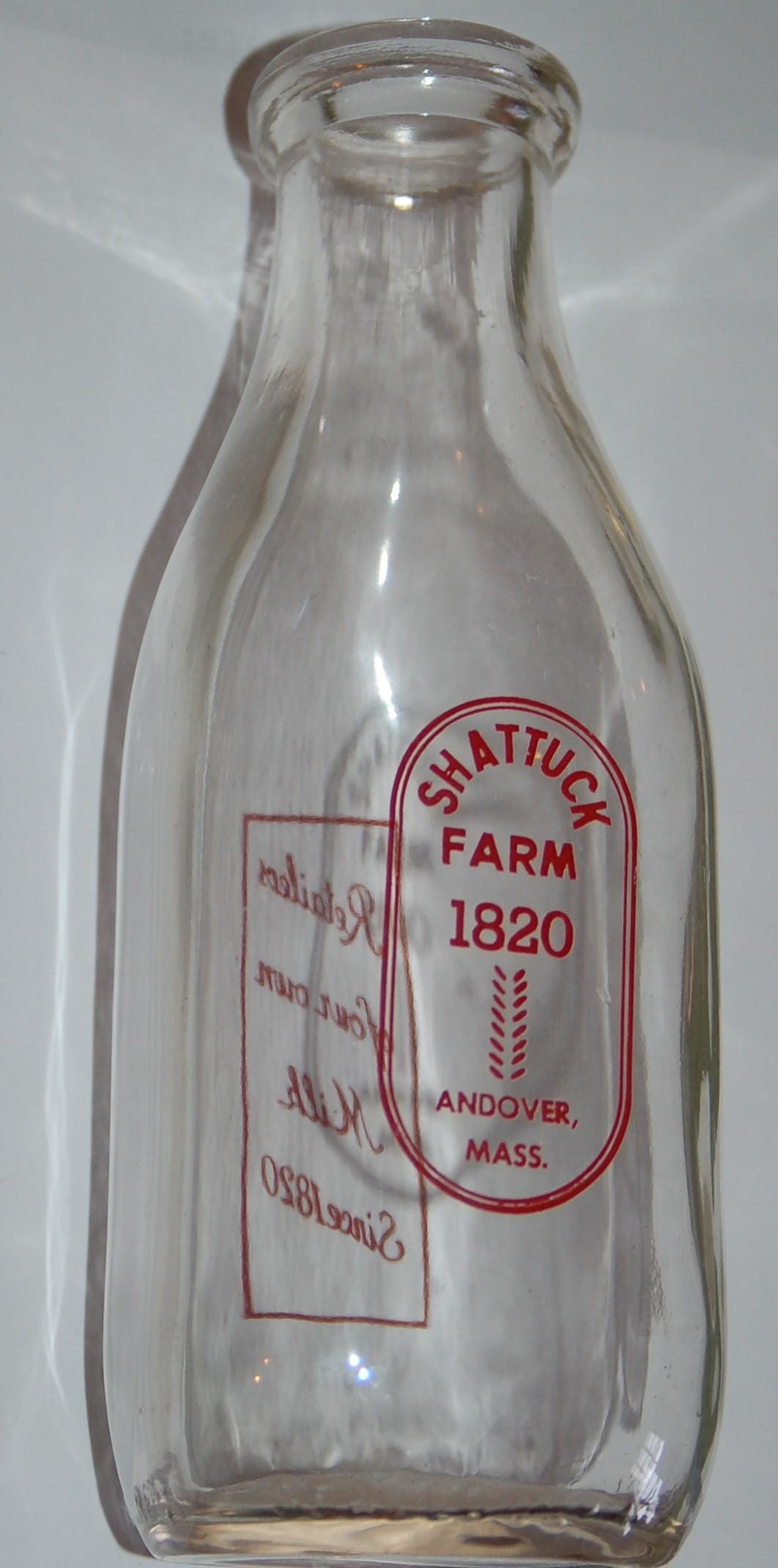Got Milk?
ACHC #1994.042.5
This metal utensil is a milk cap lifter.
Back before milk was sold mainly in grocery stores in plastic or wax paper containers, it was delivered to homes. In the early 1800s, milkmen with horse drawn wagons carried milk in large tin pails and poured the milk into customers' jugs. In 1878, the Lester Milk Jar was the first patent for a glass milk bottle that had a glass lid held on by a tin clip.
Around 1900, milk bottles were designed to allow for a flat cardboard disk top that sat on a ridge inside the mouth of the bottle. Known as a capseat closure, the disk could be put back in the mouth of the milk bottle protecting the contents until the next use. Milk had a very limited life span, so the lid was not designed for durability. It also wasn’t very easy to pry out of the bottle. A pointed knife or some other implement was needed. Thus, the need for a milk cap lifter.
ACHC 2015.039.41
Milk was once a big business in Andover in the 1800’s and early 1900’s.
Dairy farms like Wild Rose, Shattuck, Braeland, Colombo, Rolling Acres, and Walnuthurst were in West Andover on Argilla Road, Lowell St, River Road and Richardson Farm stretched southeast along Elm Street.
In the 1920’s, five of Andover’s dairy farms in West Andover were owned by The American Woolen Company. Wood acquired the farms to provide dairy products for his model community of Shawsheen Village. There was a Creamery on Haverhill St. where the milk was brought, sterilized, bottled, and then sold to Shawsheen residents, up to 8000 bottles a day.
There were 70 dairy farms registered in Andover in 1900. That number held for the next 30 years or so.
ACHC #1984.003.1, Glennies Dairy Insulated Box
Homes didn’t have refrigeration until the 1930s and milk is highly perishable. Most people had their milk delivered daily to their homes by milkmen. Insulated metal boxes were a common site outside front doors. The milkman would place the full glass milk bottles inside the box to be kept cool. The homeowner left the empty bottles there to be collected on the next delivery.
After World War II, more people had refrigerators and cars. Getting to the store to buy milk was easier. The need for milk delivery started to fade. Convenience and cost meant that glass milk bottles were changed for wax paper and plastic cartons. Also, with more people spreading to suburbia, farms in Andover were sold off for housing and business developments. By 1980, there was only one cow registered on an Andover farm.
Do you remember when milk was delivered in glass milk bottles?








